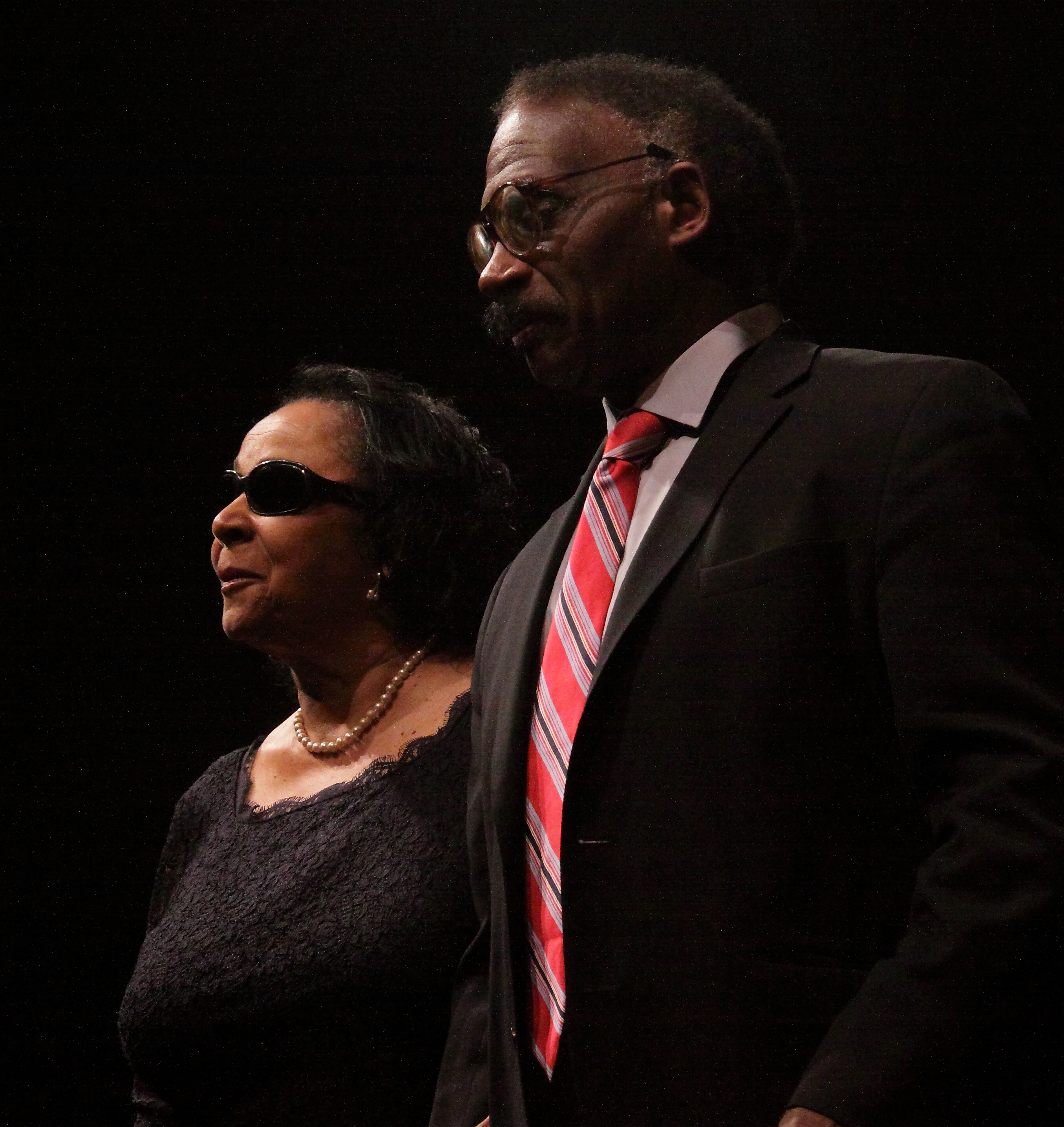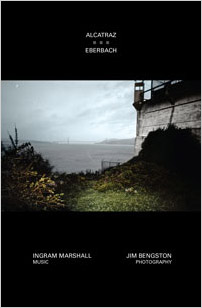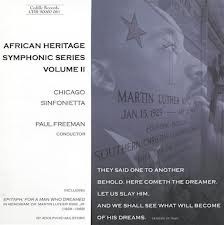
I’m a couple of weeks late for Black History Month but right in the middle of International Women’s Month. Both of these groups are woefully under represented in the arts, hence the need to put more energy and funding into the promotion such as we see in this fine release from Azica records..
This is the second volume by the enterprising Catalyst Quartet‘s project to find and record chamber music by black composers. The first volume focused on the music of Samuel Coleridge-Taylor (1875-1912) and the present album focuses on Florence B. Price (1887-1953). Price was the first black woman to have a symphony performed by a major symphony orchestra when the Chicago Symphony under then music director, Frederick Stock performed her 1932 Symphony in E minor in June, 1933.
In fact Price’s music had nearly been lost when, in 2009, a cache of her scores was discovered in her abandoned summer house near St. Anne, Illinois (by the structure’s new owners). Price had written nearly 300 works which, until recently, had been all but forgotten. Since then three of her four symphonies (the second one is lost) have been recorded along with many of her smaller works. This recording marks the most comprehensive presentation of her extant chamber music: Two string quartets (one apparently unfinished), two piano quintets, and two sets of contrapuntal variations on folk tunes for string quartet.
This digital only release is the equivalent of two CDs. And, while the digital only status is a reflection of the lack of funding for music of blacks and women, it is very important that recognition be given to this very fine effort of musical archeology rescuing important American art from oblivion. The Catalyst Quartet consists of Karla Donehew Perez, violin; Abi Fayette, violin; Paul Laraia, viola; and Karlos Rodriguez, cello. They are joined by pianist Michelle Cann in the piano quintets.
The recording starts out mightily with the Brahmsian Piano Quintet in A minor of 1935. This is a major work which can hold its own with similar works by Brahms, Schumann, Faure, Franck, Dvorak, etc.
The work is cast in four movements. The opening movement, marked “Allegro non troppo”, immediately affirms Price’s mastery of compositional technique with a lengthy elaborate development and some virtuosic writing for both quartet and piano. The “Andante con moto” which comprises the second movement is also evidence of Price’s skills and talent. It is a lyrical essay which provides a respite from the intensity of the opening movement and demonstrates the composer’s melodic prowess.
There are two shorter movements that follow. Juba is the name of a dance form which was imported along with the slave trade from the African continent. It is known variously as “juba”, “djouba”, “pattin juba”, and “hambone”. Price was fond of using this form in her work and the inclusion of folk and vernacular music in classical compositions was very much in fashion during this era as evidenced by the work of Dvorak, Bartok, Kodaly, Copland, Dawson, and Still. Price used the form in her symphonies, the present piano quintet, and the A minor String Quartet. The work concludes with a brief scherzo movement, another device which Price used to conclude several of her works.
Next we hear another example of Price’s use of folk music in the first of two sets of arrangements for string quartet. Actually the term, “arrangements” carries a too simple connotation for these works. They are in fact contrapuntal elaborations more in the tradition of Bach in his chorale preludes.
This first set, titled, “Negro Folksongs in Counterpoint for String Quartet” which dates from about 1949. It consists of four separate movements: “Go down Moses”, “Somebody’s knockin’ at yo do'”, “Little David play on yo harp”, and “Joshua fit de battle ob Jericho”. This is the world premiere recording of another substantial Price work.
The next work is another world premiere recording, her String Quartet in A minor which received its first public performance in 1936. It is cast in four movements, Moderato, Andante cantabile, Juba, and Finale. With the exception of the Juba movement this is pretty much a standard classical formula. The quartet is another of Price’s major works and, like the Piano Quintet, can stand with its contemporaries in the string quartet repertory. Of course the fact that it had to wait over 80 years to receive a commercial recording serves as part of the preponderance of evidence that the neglect of this music was willful.
The “Five Folksongs in Counterpoint for String Quartet of 1951 is similar in style and structure to the earlier folksong elaborations this time with five songs: “Calvary”, “O my darlin’ Clementine”, “Drink to me only with thine eyes”, “Shortnin’ bread”, and “Swing low sweet chariot”.
The last two works featured in this fine set are also world premiere recordings but these are works that were unknown until that serendipitous find in 2009. These works appear to be incomplete, works that the composer likely set aside and never revisited. They are entirely competent and entertaining works but not on the level of the preceding pieces on this recording. In fact the dates of composition have not been reliably determined and the work of the musicologists must begin in earnest.
The two movements (Allegro and Andante moderato) of the String Quartet in G major are quite satisfying but the expectation of two more (perhaps a Juba and Scherzo?) will forever identify this as an unfinished work.
There are three extant movements in the Quintet for Piano and Strings (Allegro, Andante, Allegretto) suggest the possibility that this work may have been considered complete by the composer. But the level of quality in this work is not up to that of the A minor Quintet. Again it is time to alert the musicologists that there is work to be done and, of course, the possibility of finding more lost scores but having these so lovingly documented does a great deal to secure the composer’s legacy as one of America’s great composers.










































